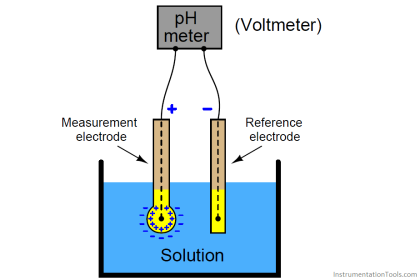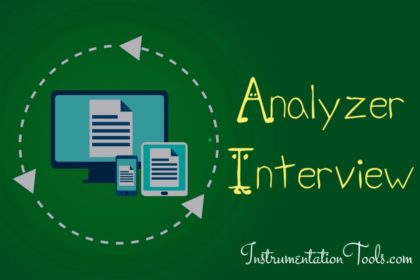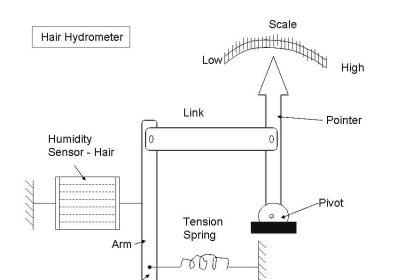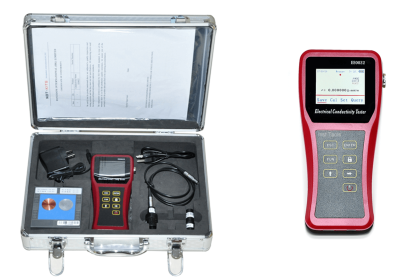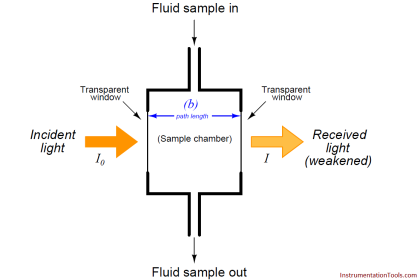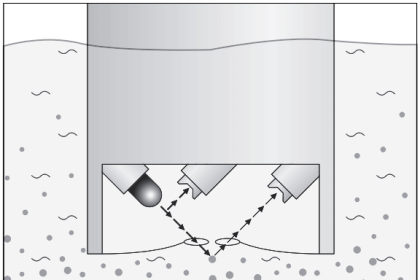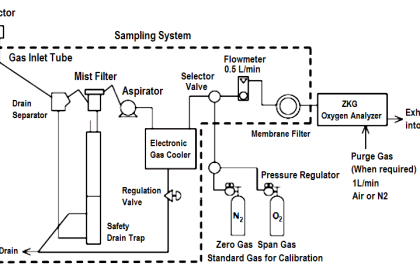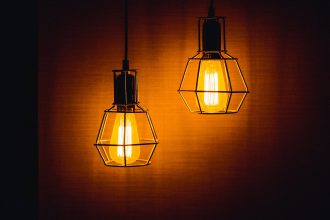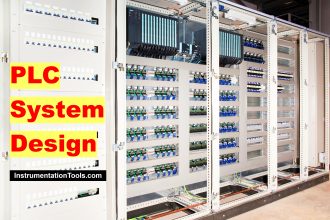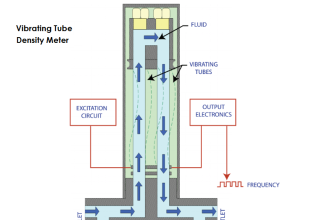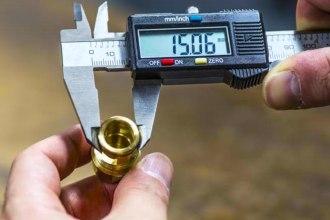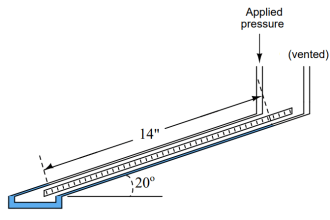In this post, we will see various types of sensors used in water treatment plants like conductivity, ORP, pH, turbidity, dissolved oxygen sensors.
Water treatment plants are used to convert bad wastewater into drinkable or usable water. The quality of the water coming out of these plants need to be maintained for proper human use. Such plants are used in almost every industry; as quality water demand is a must for the personnel to use or machines to operate.
The water content is monitored by various types of sensors, which help in maintaining the final output. Without them, it is impossible to operate the plant.
Sensors in Water Treatment Plant
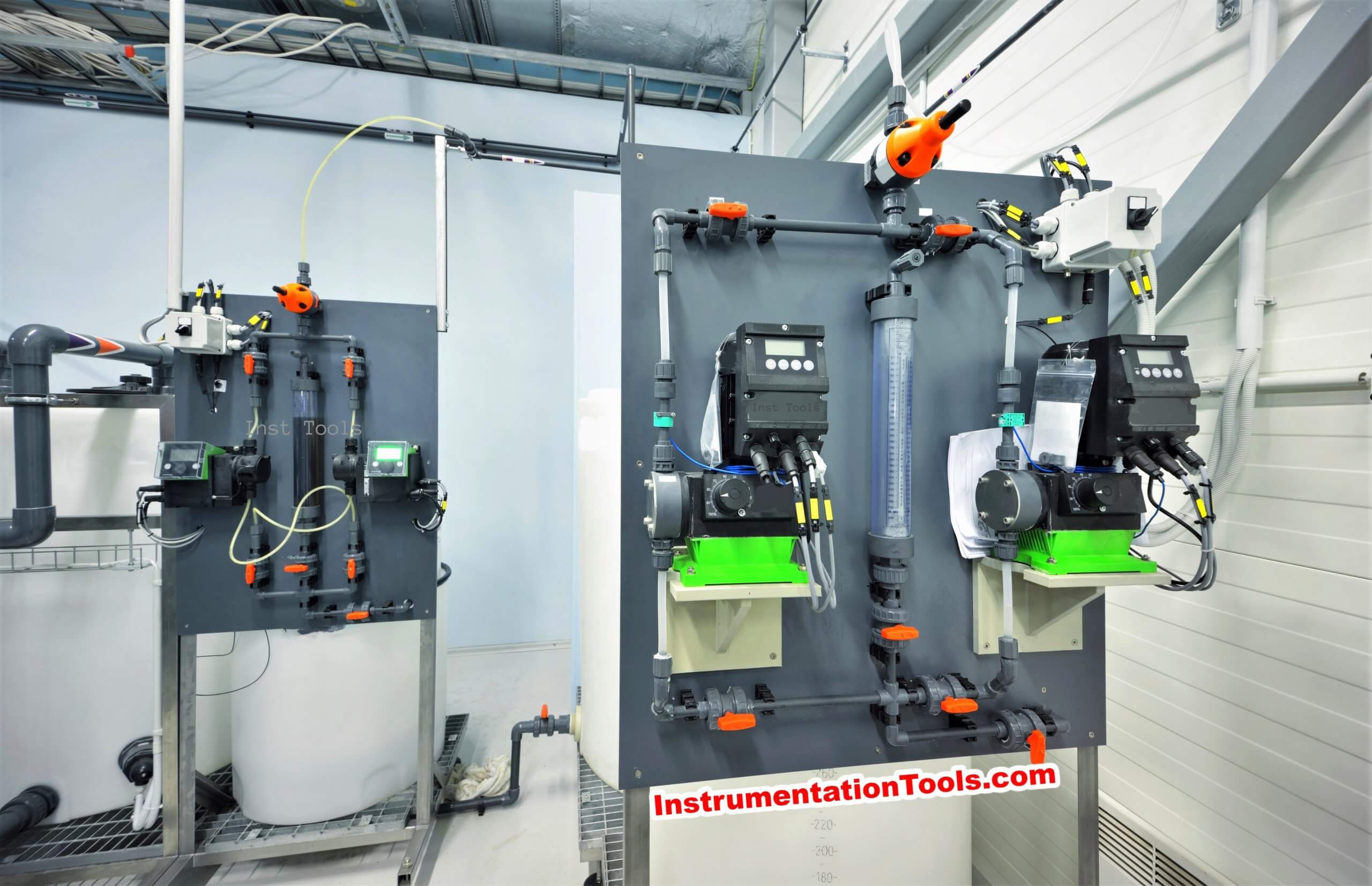
Water has many components inside it. So, only one type of sensor is not enough to monitor the quality.
In water treatment plants, many types of sensors are used to monitor the water content. In this post, we will see some general types of sensors used in such plants.
Conductivity Sensors
As the name implies, conductivity means the ability of water to conduct current. It is one of the important criteria in determining water quality.
Low conductivity means a lower ability of water to conduct electricity and such water is of pure quality. This is because, in contrast, if water has ions from dissolved salts and other inorganic materials like chlorides, sulfides, carbon compounds, etc. (means dissolved impurities), it will conduct current due to the large presence of ions.
So, higher conductivity means higher the ability of water to conduct electricity and such water is of poor quality.
Conductivity sensors are installed to measure the conductivity of the water flowing. There are valves installed in the system after these sensors to dump the water if conductivity increases to an alarming level. This prevents the bad water from distributing to the endpoint.
pH Sensors
pH means the potential of hydrogen. It is used to specify the acidity or basicity of an aqueous solution. This is determined by basically checking the concentration of hydrogen and hydroxyl ions in the water.
When there are more free hydrogen ions in the water, it means the water is acidic and when there are more hydroxyl ions in the water, it means the water is basic.
So, good quality water requires neither low pH nor high pH. It requires a controlled level of pH for best performance.
pH sensors are installed to measure the pH of the water flowing. There are valves installed in the system after these sensors to dump the water if pH increases or decreases to an alarming level. This prevents the bad water from distributing to the endpoint.
Also, apart from valves, there are NaOH dosing pumps installed in the system that dose the required amount of NaOH to the water-based on the pH levels. This is done by accurate PID action.
ORP Sensors
ORP means oxidation-reduction potential. It is the ability of water to oxidize or reduce other chemical substances in it. It means the higher the oxidation action, the more pure is your water.
If ORP is high, that means there is more oxygen in the water and thus, the bacteria that decomposes dead tissues and contaminations can work more effectively; as they consume a lot of oxygen for working.
Low ORP means the water is stagnant and there are high chances of contaminated bacteria developing in the water; as the ability to kill those decreases.
But, remember that ORP must not be too high. It indicates that there is a high amount of chlorine in the water and that is harmful for use.
So, ORP must neither be too high nor too low. High chlorine can also damage the equipment installed in the water system.
ORP sensors are installed to measure the ORP of the water flowing. There are valves installed in the system after these sensors to dump the water if ORP increases to an alarming level. This prevents the bad water from distributing to the end point.
Also, apart from valves, there are SMBS dosing pumps installed in the system that dose required amount of SMBS to the water-based on the ORP levels. This is done by accurate PID action.
SMBS chemical works by reducing the amount of chlorine in water if dosed at high levels. So, PID is used to accurately control the flow of dose in water so that chlorine level is maintained.
Turbidity Sensors
Turbidity is a visual characteristic of water. It is the optical measurement of water and is used to determine whether water has less organic and inorganic matter or more of them. This is done by scattering light through water.
If there are more particles, then the amount of light reflected will also be high. This means turbidity is high and that water is unsafe to use.
Clean water has less or nil amount of particles on the surface and thus, will reflect less light back. These particles are sometimes visible or sometimes not visible to the naked eye.
Turbidity sensors are installed to measure the turbidity of the water flowing.
Dissolved Oxygen Sensors
Oxygen is a very important parameter of water. Life survives with oxygen and its dissolved quantity in water is a must for healthy use.
DO (dissolved oxygen) must be of sufficient levels in the water; neither too high nor low. Proper oxygen levels in the water allow the bacteria-fighting microorganisms to prevent them from decomposing dead cells and tissues; as they require oxygen to survive.
DO sensors are installed to measure the oxygen of the water flowing.
Apart from these sensors, normal sensors like temperature, flow, and pressure are also used to monitor their flow and quality. But, the sensors discussed above are widely and generally used in all water systems for monitoring water quality.
If you liked this article, then please subscribe to our YouTube Channel for Electrical, Electronics, Instrumentation, PLC, and SCADA video tutorials.
You can also follow us on Facebook and Twitter to receive daily updates.
Read Next:
- What is a Dosing Pump?
- Chemical Dosing System
- Oxygen Gas Measurement
- pH Transmitter Issues
- Total Organic Carbon Analyzer
